Last Day of June is a story driven indie adventure game based on the works of Steven Wilson, of Porcupine Tree fame. In particular, it uses Drive Home and its accompanying music video as its influence. However, I don’t want to divulge more about the game’s premise up front since I feel it’s best to go into the experience blind. As such, I suggest not watching the music video until you’ve played the game.
A Cohesive Art Direction
This game shines artistically. The character designs feel like they could have been pulled out of a Tim Burton stop motion film. Characters also communicate without using spoken language, instead, using body language and small grunts, cheers, and other assorted noises. While at first, it might seem limiting, I quickly realized that their inflection revealed more than enough detail in most situations. The animations for all of the characters also felt appropriate. The Hunter cartoonishly gallivanted around, while the old man hobbled around with his cane in tow.
Some screenshots literally look like paintings.
The overall aesthetic is strongly influenced by Vincent Van Gogh and the post-impressionist art movement; I even noticed a portrait of him hanging in their hallway. Interestingly, this makes sense in-game because June is a young artist. The further an object is away from you, the less detailed it is, seemingly using fewer strokes of the brush, while closer objects seem to be painted with greater detail. This takes advantage of the way games naturally work since far off objects usually have separate models with fewer polygons which are replaced with hi-polygon models as you get close. I have wanted to see something like this in a game for a long time and I cannot say I am disappointed; I hope other devs pay attention.
Much like the game itself, the soundtrack directly utilizes sections from various Steven Wilson songs. Personally, I was familiar with most of the songs used, but I never felt like this broke the immersion. In fact, I feel that a lot of Wilson’s music is actually suitable for a video game soundtrack because of the emotional elements natively present in them.
All of this combined together into one of the most cohesive and satisfying artistic experiences I have seen in a game to date. The minimalistic communication combined with the use of various environmental storytelling techniques and post-impressionist art style made the game feel like all the artists were on the same page; they had a vision and they knew how to make it happen. Steven Wilson’s soundtrack only helped to make the game come to life.
I hope you didn’t doubt that there was a chibi, eyeball-less Van Gogh portrait.
To some people, I feel like this extraordinary artistic execution alone will warrant a purchase. While I don’t have any spoilers in the following section, per se, I do discuss the game’s premise. With that warning out of the way, I continue with…
Gameplay & Story
The story centers around Carl trying to prevent the untimely crash that led to the death of his wife, June, and his disability, which limits him to a wheelchair. You accomplish this by playing as your various neighbors leading up to the events that caused the crash. For instance, originally the kid next door ran into the street for his ball causing you to swerve. By taking control of him, you were able to find another activity for him to get involved in which didn’t involve him running into the street. Eventually, this proves to not be enough so you must control more and more characters until you are manipulating the actions of all 4 neighbors leading up to the crash.
The music video for Drive Home, the source material for this game.
This concept is interesting at first but falls flat on its face thanks to the fact that many of the pieces don’t fit together. The game is more strongly based on trial and error than any actual thought process, and this becomes destructive both to the story and towards its ability to be an interesting puzzle/adventure game. For instance, the solution to the second cause of death makes little sense based off of the rules set forth by the game while solving the first cause of death.
This trial-and-error and lack of an established logic for the game world is exacerbated by long load times and the fact that replaying segments forces you to rewatch “end of day” cutscenes as well as the way that Carl and June end up crashing.
This fuels a cycle of confused frustration where it takes several minutes to try a different solution to a puzzle that doesn’t always have any logical rules in place to begin with. This also had another unintended effect: forcing me to see Carl and June’s crash desensitized me to it. While the first couple of times I was emotionally invested and felt Carl’s frustration as he sought to save his wife from a cacophony of unfortunate events that caused them to crash on that fateful evening, by about the dozenth time I literally found myself laughing as they careened off the road due to another morbidly comedic mishap.
Looking over his unmade, unused bed sunk my heart.
But to me, this ignores the biggest problem: that playing the game as the 4 neighbors doesn’t feel tied to June. I mean, their actions very literally, although inadvertently, cause her death so you can see a correlation, but their motivations aren’t ever connected to June’s death. You never see them grieve for her and you don’t see significant interactions between most of these characters and June to understand the nature of their relationship and how her death would affect them.
I was left asking myself: how would the game fundamentally change if you removed these 4 neighbors? The answer is: it wouldn’t. Despite them feeding into the events, they emotionally and thematically contributed little to nothing in a story driven game. Saving June feels abstracted because of this.
Carl may be the motivator to all of this, but he is 2 steps removed from the process. And unlike the 4 neighbors, you don’t learn much about Carl outside of his relationship and subsequent descent. This may have been an intentional way to get you to feel like you are inhabiting him by leaving him a blank slate who is easy to project onto, but it felt empty to me. In a story where I don’t get to bond with June much and I play as characters that are abstracted from her by 2 degrees of separation, everything felt a little hollow.
Carl’s relationship was built up early on, but that’s asked to carry the game.
Allowing these characters to help flesh June out would have made me like her a lot more. As is, it felt like I was expected to care about her death because she was the protagonist’s love interest and that’s pretty weak.
Conclusion
This game’s art direction deserves to be noticed; I hope it wins awards for that aspect. But I really don’t want to people to conflate a great art direction with a great and memorable story. When I first accepted this game for review I looked up some previews and I quickly saw headlines and descriptions demanding that you prepare yourself with a box of tissues. Sadly, thanks to poor storytelling and frustratingly repetitive game design I was just left feeling angry at the end of the game; not sad.

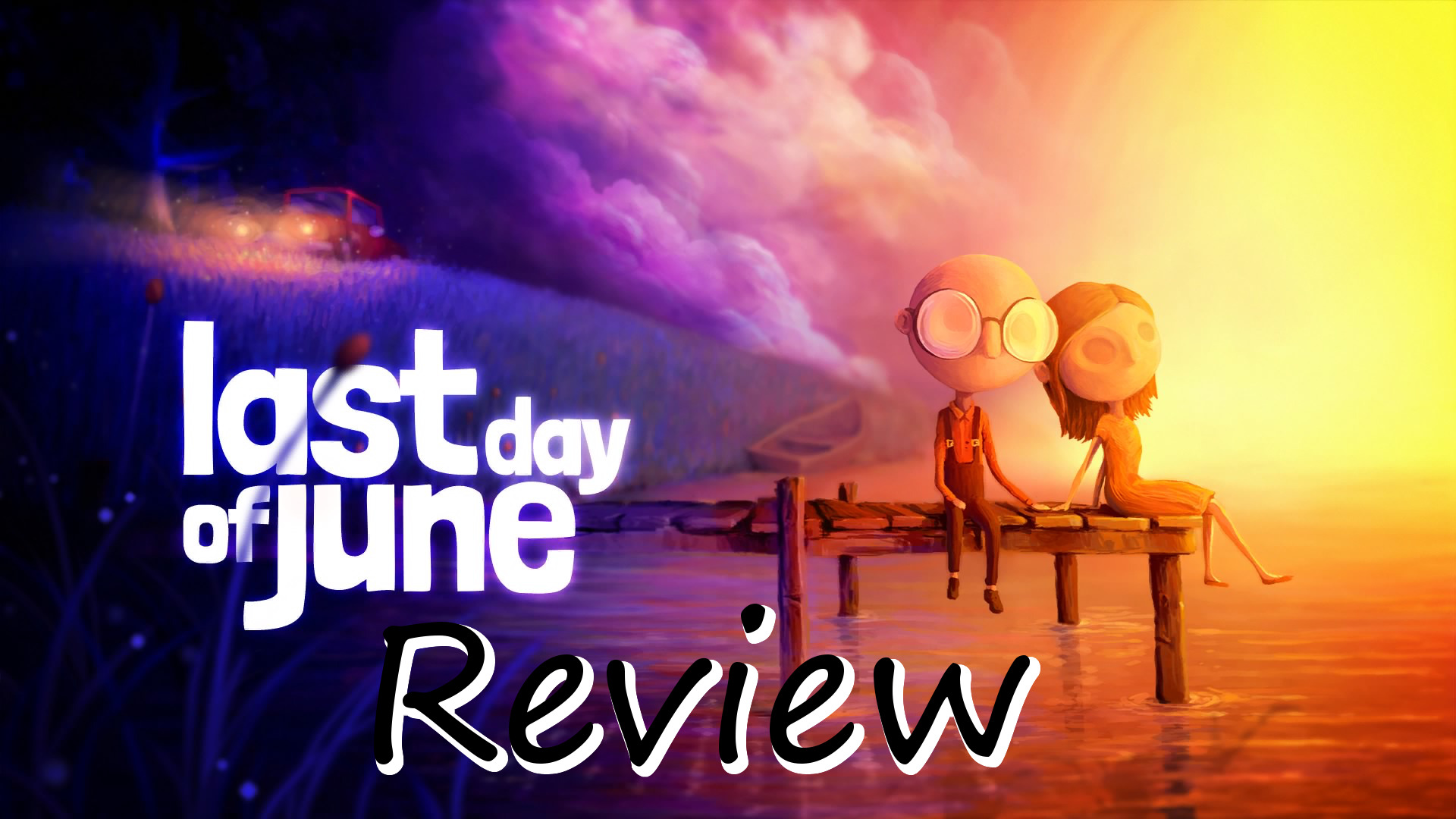
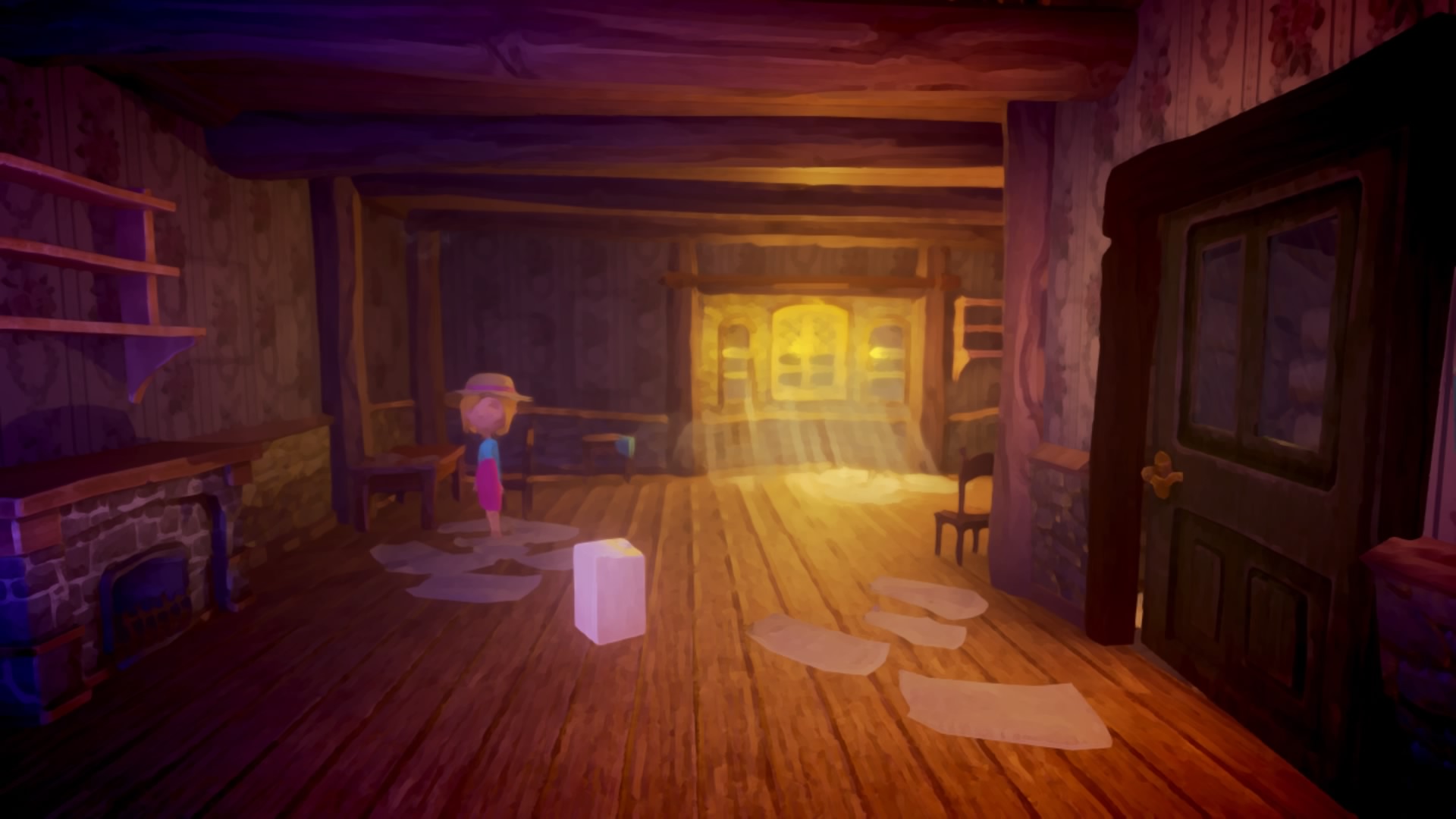
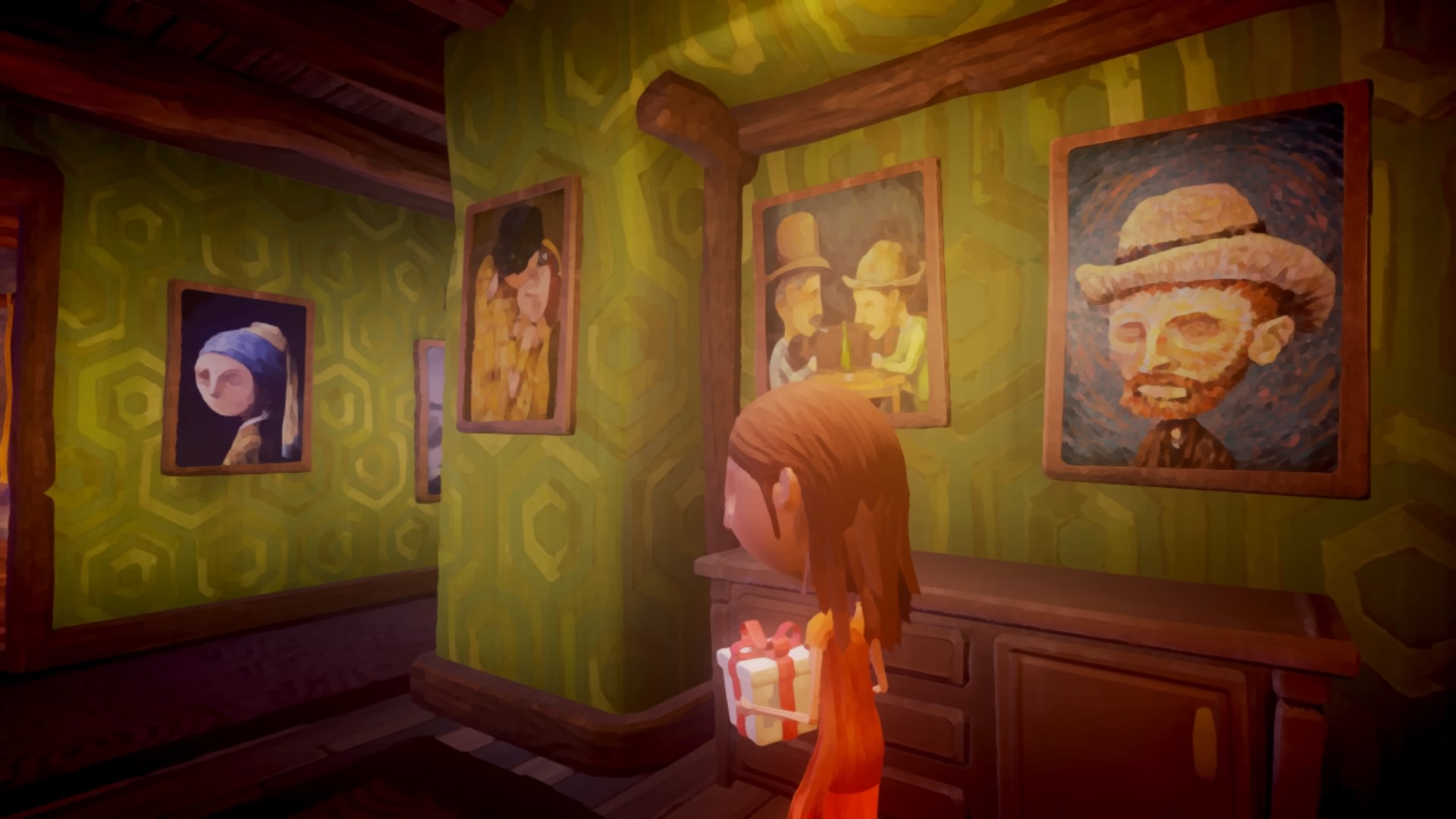
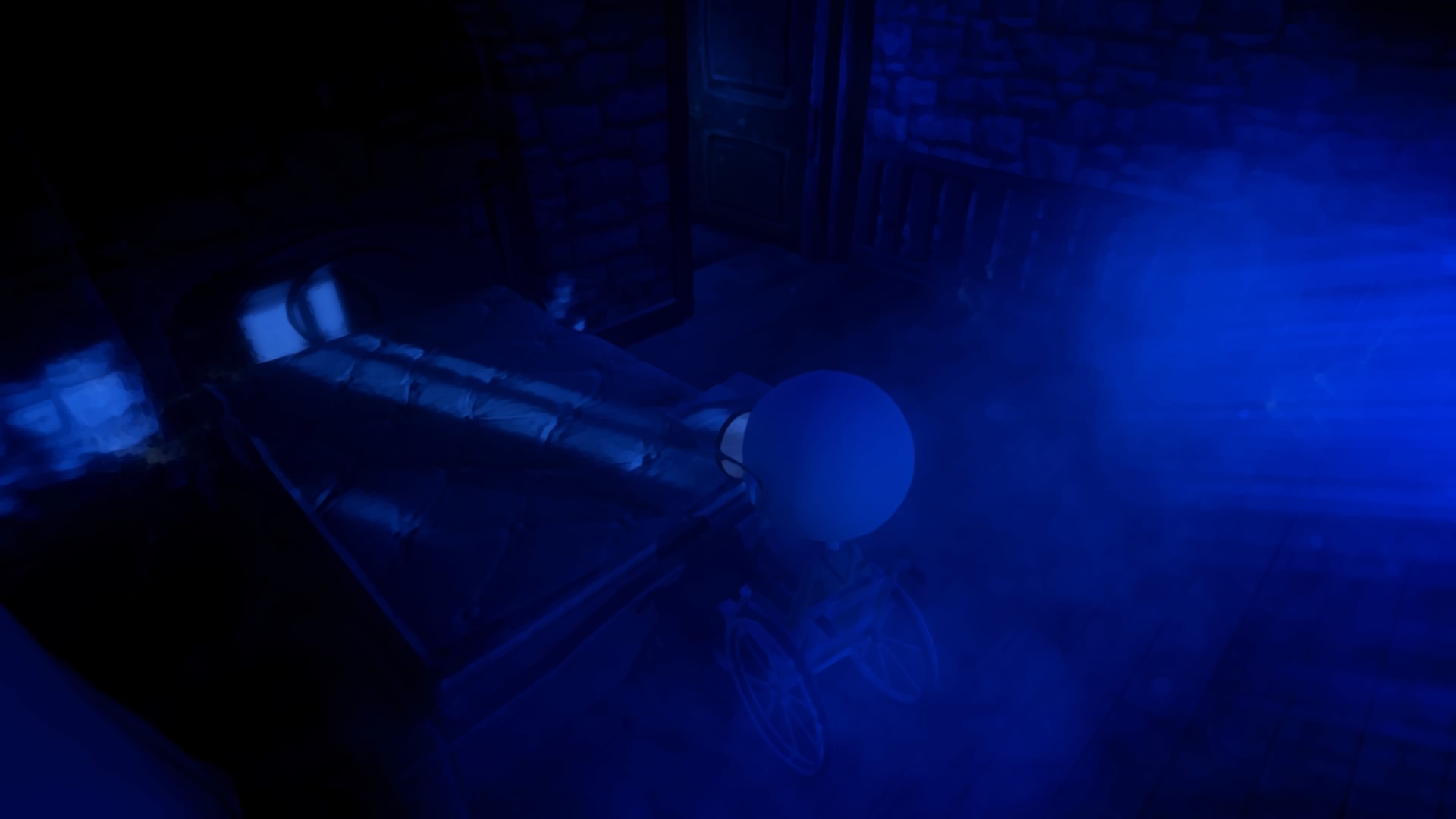
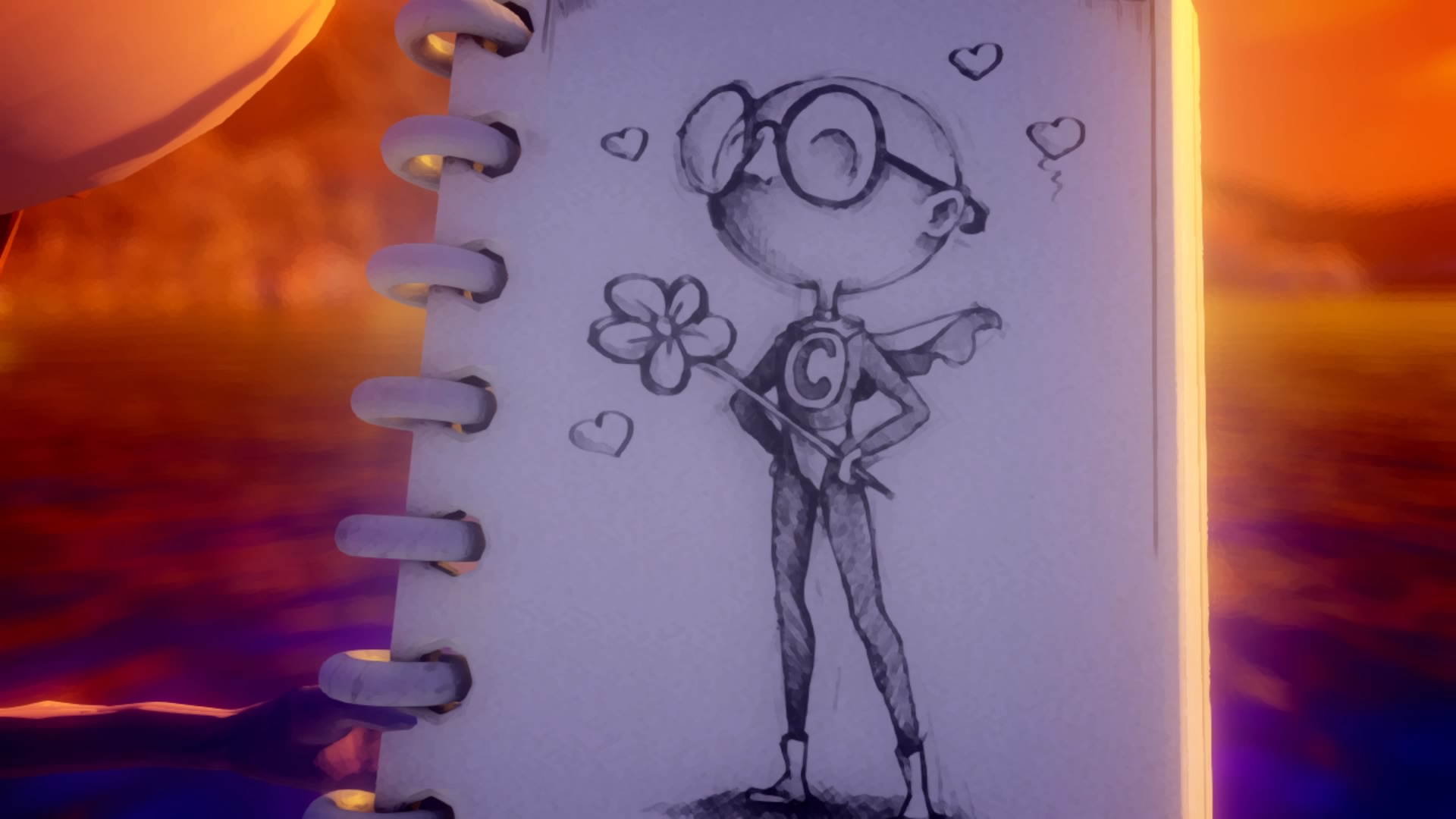





Published: Sep 12, 2017 07:50 pm